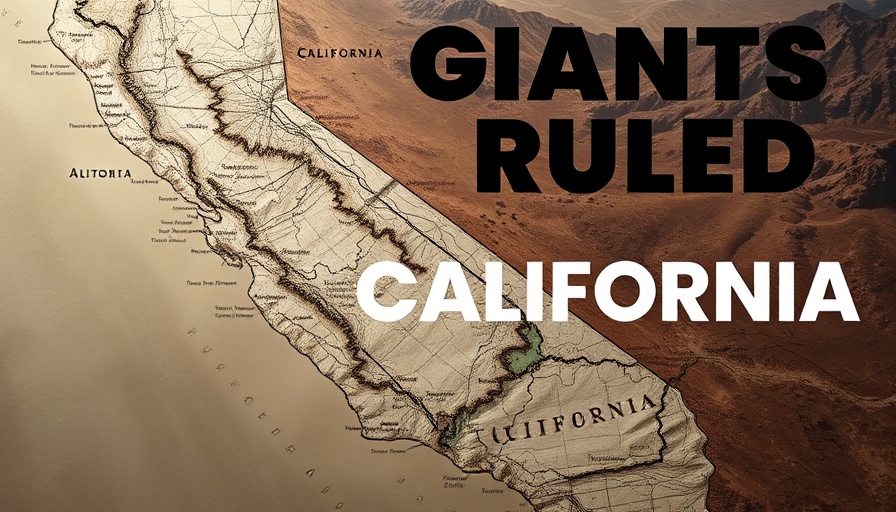
Curious Encounter: The Sharktopus Explained
In December 2023, marine ecologists off the coast of New Zealand made a fascinating discovery that showcased the unexpected wonders of the ocean. While observing a mako shark swimming near the surface, they noticed a peculiar orange mass attached to its head. Intrigued, researchers quickly identified it as a Maori octopus, leading to the amusing moniker 'Sharktopus' for their unique duo. But this unconventional pairing left scientists puzzled: how could an octopus, typically found on the seabed, end up riding atop a pelagic shark?
Unexpected Ocean Adventures
This event showcases just how unpredictable marine life can be. As Rochelle Constantine, a marine scientist involved in the observation, pointed out, the nature of their connection and the circumstances that brought them together remains a mystery. This incident serves as a reminder that the ocean is full of surprising interactions, reinforcing the idea that the world beneath the water’s surface holds many hidden gems.
A Thrilling Ride
The shortfin mako shark is not just quick; it’s the fastest shark in the world, capable of reaching speeds of up to 50 kilometers per hour (or about 31 miles per hour). Just imagine the octopus clinging tightly, likely experiencing the ride of its life! However, as metabolic energy dictates, the octopus may not have remained atop the shark for long. Once the shark intensified its pace, it might have been too much for the octopus to hold on, leading to the possibility of either escape back to the seabed or becoming a meal for its predatory companion.
Highlighting Conservation Efforts
Importantly, the sharktopus phenomenon also underscores the pressing need for marine conservation. Shortfin mako sharks are currently classified as endangered due to overfishing, which raises significant alarms for marine ecosystems. Conservation initiatives aim to protect these enigmatic creatures and maintain ocean biodiversity. As Constantine states, “By supporting conservation initiatives, we can help to ensure the future of our oceans.”
Local Perspective: The Importance of Oceans
For San Diego residents, known for their beautiful coastline and rich marine life, stories like the Sharktopus remind us of the incredible wildlife just beyond our shores. With the city's embrace of biodiverse ocean habitats, understanding these peculiar occurrences isn’t just for the marine scientists; it’s something that speaks to all of us living in coastal communities. We share a duty to preserve and respect our marine environment.
In Conclusion
While the tale of the Sharktopus may sound whimsical, it is rooted in the reality of our oceans, where the unexpected happens every day. Each observation contributes to our understanding and appreciation of marine life. So, next time you’re at the beach enjoying the sun or viewing marine wildlife, remember there’s more beneath the surface, teeming with mysteries waiting to be uncovered!
If you're curious to learn more about ocean conservation and how you can make a difference in protecting our marine environments, consider exploring local initiatives and getting involved in beach clean-up events. Together, we can help preserve the beauty and mystery of our oceans.
 Add Row
Add Row  Add
Add 




Write A Comment